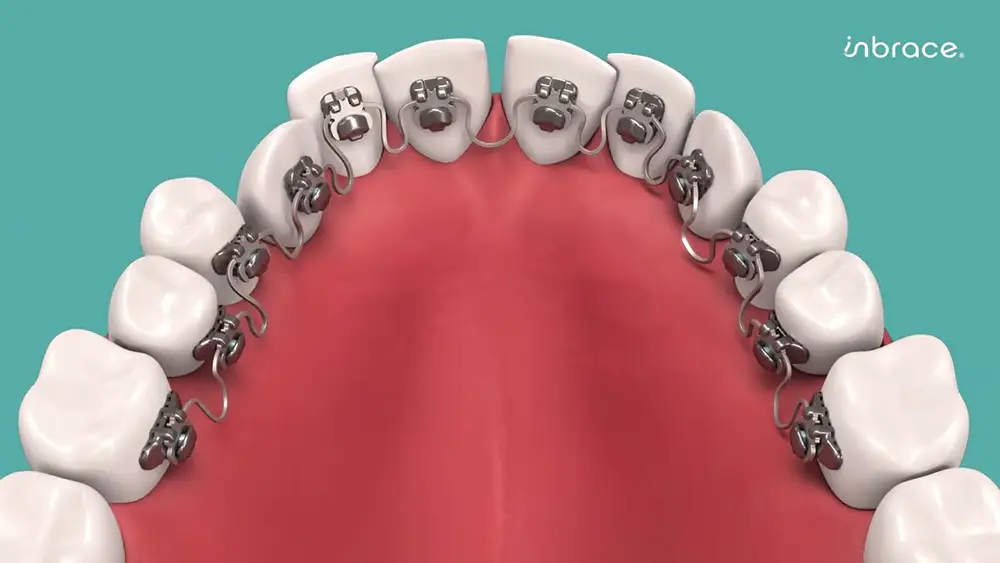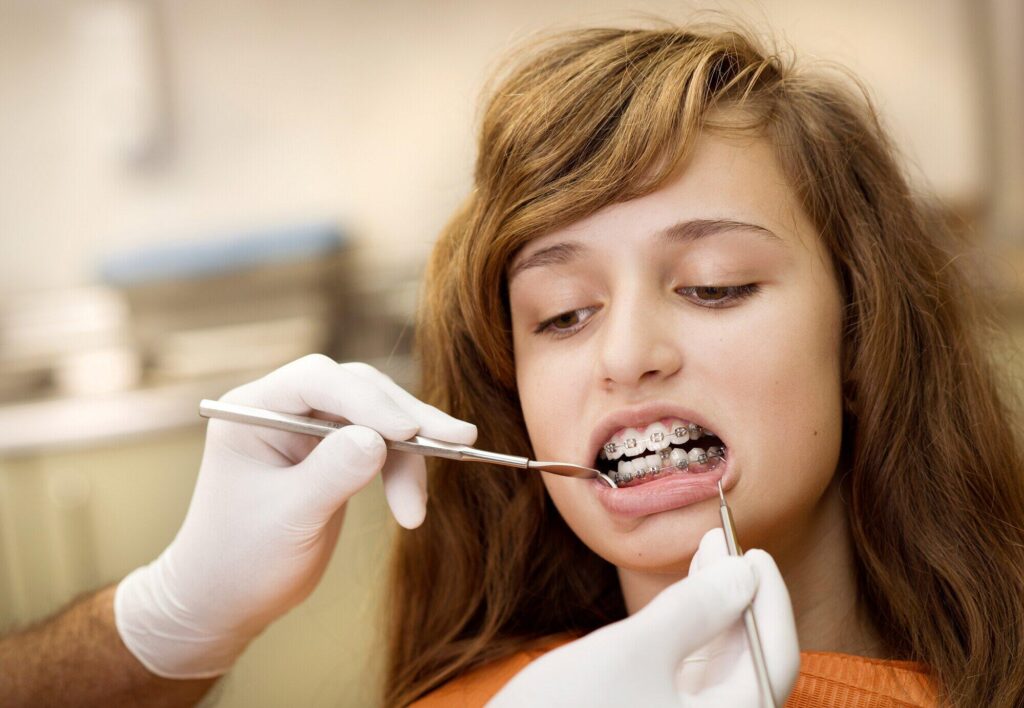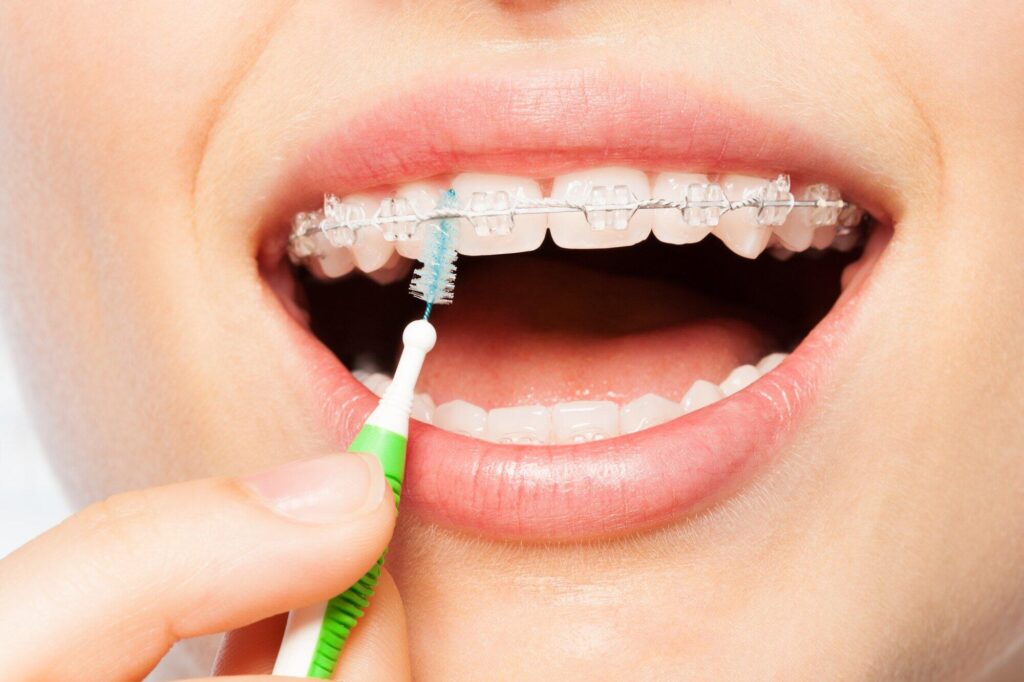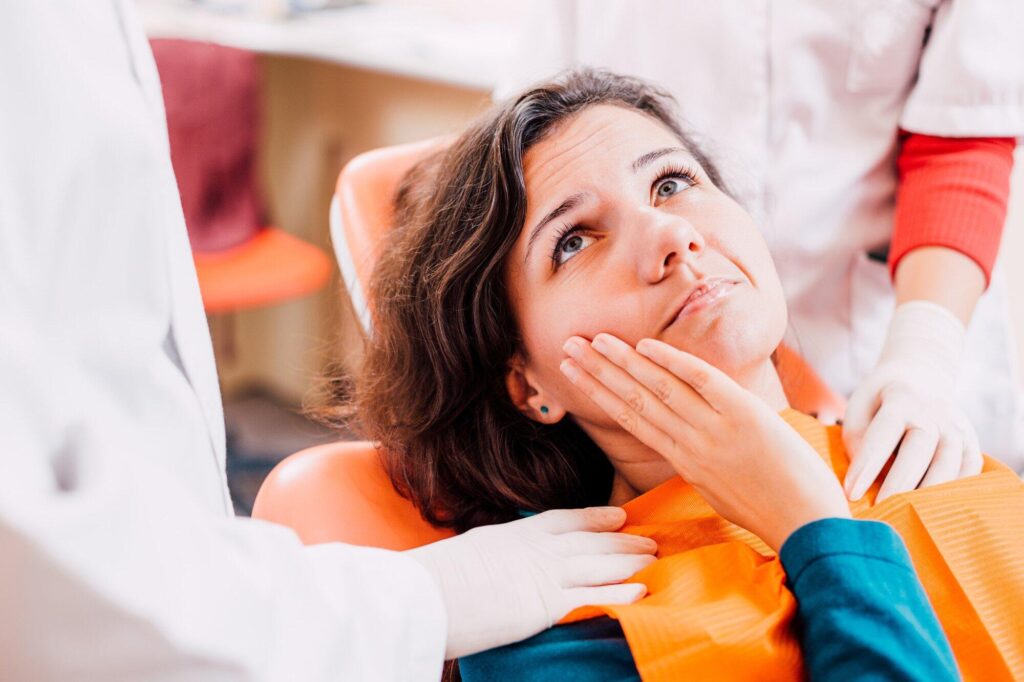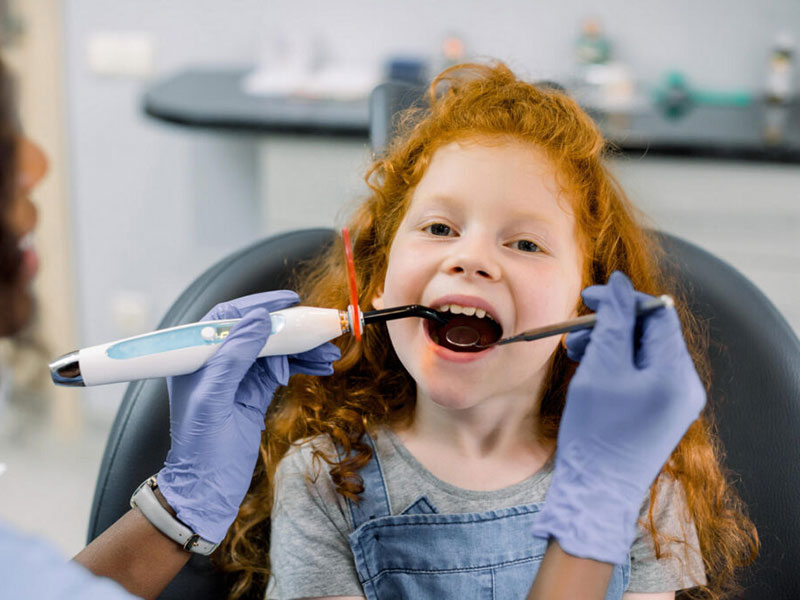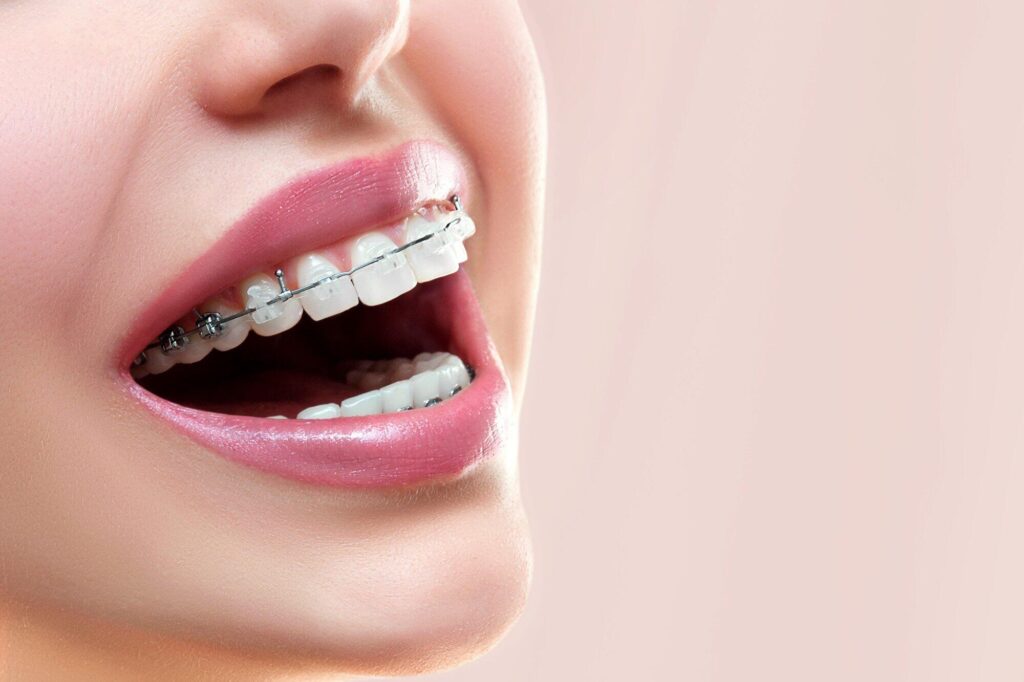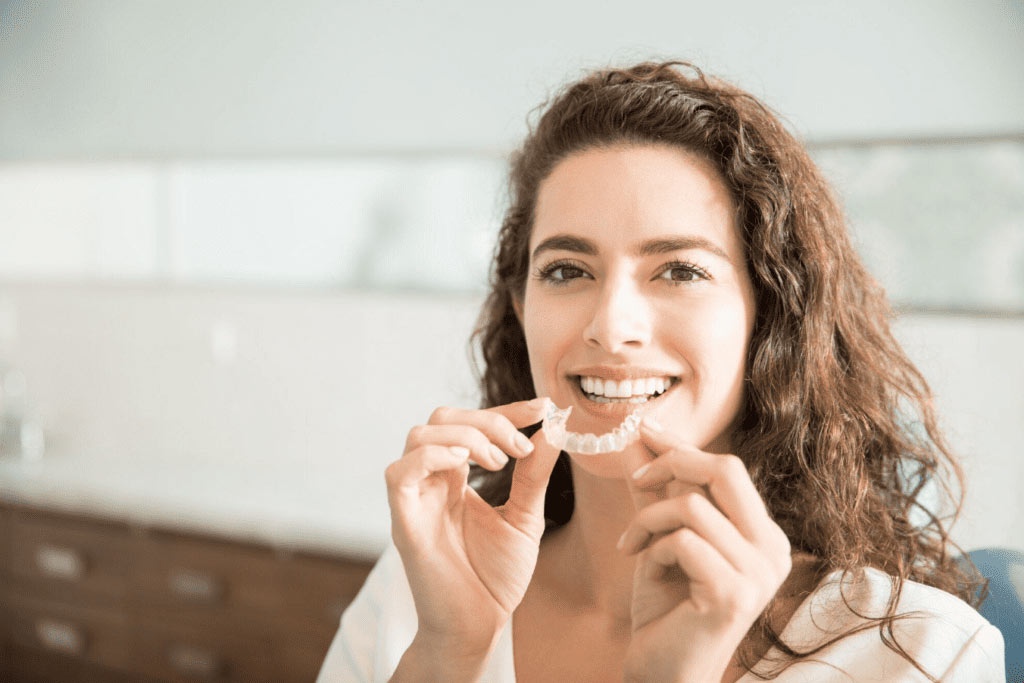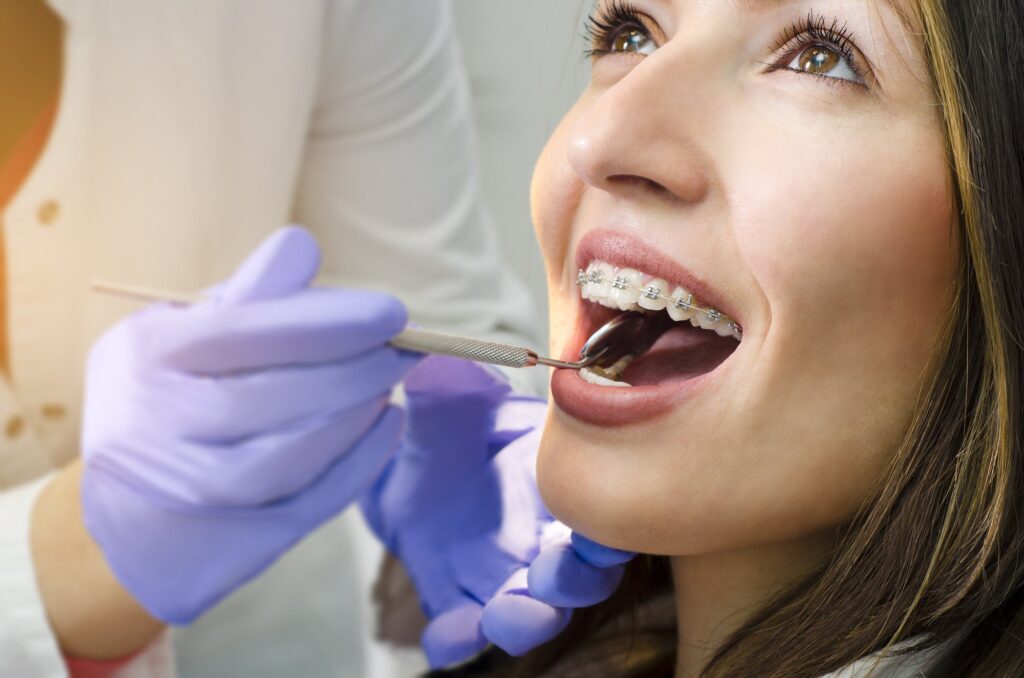May 8, 2024
Are you considering a discreet way to straighten your teeth? Imagine achieving a beautiful smile without the visible hassle of traditional braces.
InBrace, the innovative behind-the-teeth braces system, offers this exact solution. Understanding what happens before and after getting InBrace can help you decide if it’s the right choice for you.
Let’s explore the InBrace process, costs, reviews, results, and how it compares to alternatives like Invisalign.
The InBrace Before and After Process
Embarking on your InBrace treatment journey involves several critical steps to ensure optimal results and comfort. Below, we detail the initial consultation, customization, and what to expect during the adjustment period.
The Initial Consultation
Your journey to a discreet and comfortable orthodontic treatment starts with a comprehensive initial consultation at SouthShore Orthodontics. In this important initial stage, our board-certified orthodontists will check your dental history and thoroughly examine your teeth and jaw.
This allows our orthodontists to evaluate your needs and determine if InBrace suits you. The discussion will cover potential treatment goals and outcomes and provide a clear picture of what to expect.
A detailed assessment ensures the treatment plan is custom-tailored to address your unique orthodontic requirements.
Customization and Installation
InBrace stands out for its use of state-of-the-art technology to create a treatment as unique as your smile. Utilizing sophisticated 3D imaging, InBrace designs a set of braces custom-fitted to the individual contours of your teeth.
Customization ensures the braces sit snugly behind your teeth. This customization is crucial for comfort and effective treatment.
After finalizing the design, your orthodontist meticulously crafts and installs the braces, which remain completely hidden. They offer an aesthetic advantage valued by adults and teens who prefer a more discreet orthodontic solution.
The Adjustment Period
As with any orthodontic approach, transitioning to InBrace involves an adjustment period. Initially, you may notice minor discomfort or a slight alteration in your speech.
These changes are mild and temporary as the mouth adapts to the presence of the new appliance. Thanks to the tailored fit, most patients quickly become accustomed to their braces.
The comfort of InBrace, combined with its effective alignment process, often leads to a smoother adjustment period than other orthodontic treatments.
By understanding each phase of the InBrace process, you can prepare for a successful treatment journey that leads to a beautifully aligned smile with minimal visual impact.
InBrace Cost: Investment in Your Smile
The cost of InBrace varies depending on your case’s complexity and the duration of the treatment. Generally, it might be slightly higher than traditional braces due to its advanced technology and aesthetic benefits. However, many find the additional cost worthwhile for its convenience and discretion.
Most orthodontic insurance plans offer some coverage for InBrace, which can help offset the expenses. Flexible payment plans are also available to make the treatment more accessible. We accept multiple forms of payment, including cash, checks, and major credit cards, to provide flexibility and convenience.
Investing in InBrace is about improving aesthetics and enhancing oral health with a modern, efficient solution.
InBrace Reviews: Hearing From Users
InBrace reviews often highlight the treatment’s comfort and near-invisibility. Unlike traditional braces, patients appreciate the lack of dietary restrictions and the ease of maintaining oral hygiene. Positive outcomes in InBrace reviews emphasize satisfaction with the final results.
InBrace vs. Invisalign
Choosing the right orthodontic treatment is crucial for achieving the best results. Here, we compare InBrace with Invisalign, focusing on key aspects such as visibility, comfort, effectiveness, and convenience.
Visibility and Comfort
Both InBrace and Invisalign offer significant aesthetic advantages over traditional metal braces by appealing particularly to adults and teens who prioritize a less noticeable orthodontic treatment.
InBrace, however, is uniquely positioned in this aspect. Being installed behind the teeth, InBrace is completely hidden from view. This makes them an ideal choice for individuals concerned about the visibility of their orthodontic treatment during social interactions or professional engagements.
In terms of comfort, InBrace’s technology allows for a precision fit that contours closely to the shape of each tooth. This custom-fit design enhances comfort and reduces the sensation of having a foreign object in the mouth, which can be a common complaint with the removable aligners used in Invisalign treatments.
Effectiveness and Convenience
Both InBrace and Invisalign are effective solutions for correcting a wide range of dental misalignments and bite issues. However, they differ in terms of maintenance and daily convenience.
InBrace offers a hassle-free experience since it is fixed to the teeth and does not require patients to remember to replace or adjust their aligners throughout the day. This fixed nature of InBrace ensures continuous treatment without patient intervention.
This convenience can lead to more consistent results and eliminate non-compliance risk, which is a frequent issue with Invisalign. Patients must manage and remember to change their aligners. For those seeking a more ‘set it and forget it’ type of treatment, InBrace provides a better solution.
Achieving Lasting Impressions With InBrace
The ultimate goal of any orthodontic treatment is to achieve a lasting transformation that improves the teeth’ alignment and the overall dental health and aesthetics of the smile. InBrace systems deliver significant improvements in both alignment and bite functionality.
Patients who undergo InBrace treatment have remarkable before-and-after results. This treatment enhances their smiles’ visual appeal, improves dental health, and increases self-confidence.
The consistent effectiveness of InBrace in achieving these transformations, along with its aesthetic and convenience advantages, renders it an ideal option for individuals contemplating orthodontic treatment.
Is InBrace the Right Choice for You?
Choosing the right orthodontic solution is a significant decision. InBrace offers a unique blend of discretion, comfort, and effectiveness, which make it an excellent choice for many seeking a virtually invisible treatment.
Are you curious about what InBrace could do for you? At SouthShore Orthodontics, you can witness the impressive InBrace before and after results yourself. Discover how our board-certified orthodontists can craft a personalized treatment plan tailored to your smile goals.
Schedule your appointment today and take the first step towards the smile you’ve always wanted.

